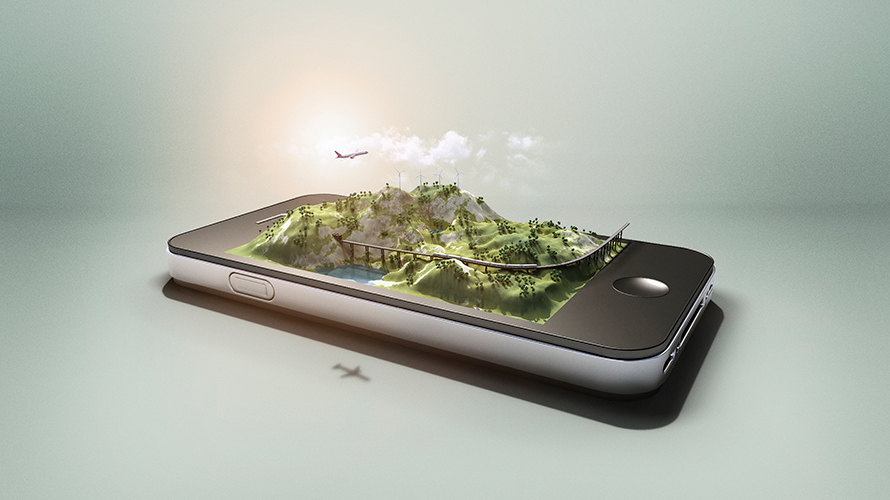AR can drive tangible outcomes while also creating memorable experiences
You probably remember Pokémon Go and the wave of excitement it ushered in just a few years ago for social media and other interactive social messaging platforms to implement augmented reality (AR) technology. AR isn’t the new kid on the block anymore, but recently more and more brands have begun to add it to their marketing mix to create unique experiences for their customers and give them new ways to make informed shopping decisions.
While online shopping enables people to make purchases anywhere, being able to visualize the product in a physical space is crucial, whether it’s the ability to try on a pair of glasses or match a set of throw pillows to your couch. In fact, even with the rise of online shopping, the ability to see, touch and feel products is one of the top reasons consumers choose to shop in stores versus online. Augmented reality done correctly has the power to change that. At Messenger, we recently launched new tools to enable brands to integrate customized interactive AR effects into their messaging experiences. We think that now more than ever brands should take a close look at this powerful medium.
When done right, AR can help brands drive tangible business outcomes at scale and create memorable experiences for their customers that keep them coming back. In today’s digital world, employing AR technology cannot only position a brand as cutting-edge and timely but also provide content that customers want to share with friends instantly, which can result in customer growth. It can also give your customers an incredibly powerful new way to shop, helping them make decisions they otherwise wouldn’t be able to make shopping online.
For example, KIA Motors uses AR to let customers get up close and personal with the KIA Stinger, actually letting them virtually park the car in their driveway. And cosmetics giant Sephora gives its customers the ability to virtually try on and share a selection of different makeup looks. It shouldn’t come as any surprise that these companies see the unique value and opportunity to connect with customers using AR. Customers are inevitably more likely to buy something when they can visualize how it might look in their world.
So, what are some of the things you should think about before using AR to power your business? First, when thinking about building an AR experience, it’s important to consider real-world behaviors, like what Sephora did with trying on makeup looks. You also want to ask yourself if it’s something people will want to share with friends and loved ones. When done right, AR can give customers the ability to share their experience, products or styles they’ve virtually tried on to get valuable input from family and friends, while exposing your brand to potential new customers. Building unique experiences is important, as is differentiating it in a way that surprises and delights your customers.
That said, you don’t want to overwhelm people with complex instructions and unnecessary clutter. The experience should be intuitive and replicate behaviors they’re familiar with. And finally, it’s not just about your customers sharing an image or a video. Have you made it easy for them to take action? Be it purchasing a product, scheduling a test drive or even just receiving more information, you need to think about what your ultimate desired business outcome is.
But what happens when the camera closes? Well, at Messenger we like to say that the camera might be closed but the relationship isn’t over. It’s important to think about the outcome of your AR experience, but it’s also important to think about how you can build on the relationship you’ve forged with your customers. Think about ways to re-engage based on the AR effects they’ve tried and the ways they’ve connected with your brand. You don’t want your AR experience to be a one-off moment for your customer, but one that will keep them coming back and also enable you to continue the relationship.
The connections AR creates are multi-fold. They not only connect people with your brand, they also connect people with each other who in turn connect with your brand. This capacity to connect people with the brands they love and give them the ability to actually get things done is what really sets AR apart.
Ultimately, the experience you create should inspire people to take action and deliver an outcome that makes sense for your business. Whether that’s to purchase something or just delight them with an experience that will give them a positive feeling about your brand, AR can help.













